Scientists have developed a way to 3D-print high-performance thermoelectric materials, promising a major leap in cooling technology. This breakthrough could cut costs, reduce waste, and improve efficiency, challenging conventional manufacturing.



It’s true that Japanese scientists have made a significant breakthrough concerning hydrogels and cancer cells. Here’s a breakdown of what the research entails:
* The Breakthrough:
* Researchers at Hokkaido University and the National Cancer Center Research Institute developed a novel hydrogel, a “double-network (DN) gel,” that can rapidly revert differentiated cancer cells back into cancer stem cells (CSCs).

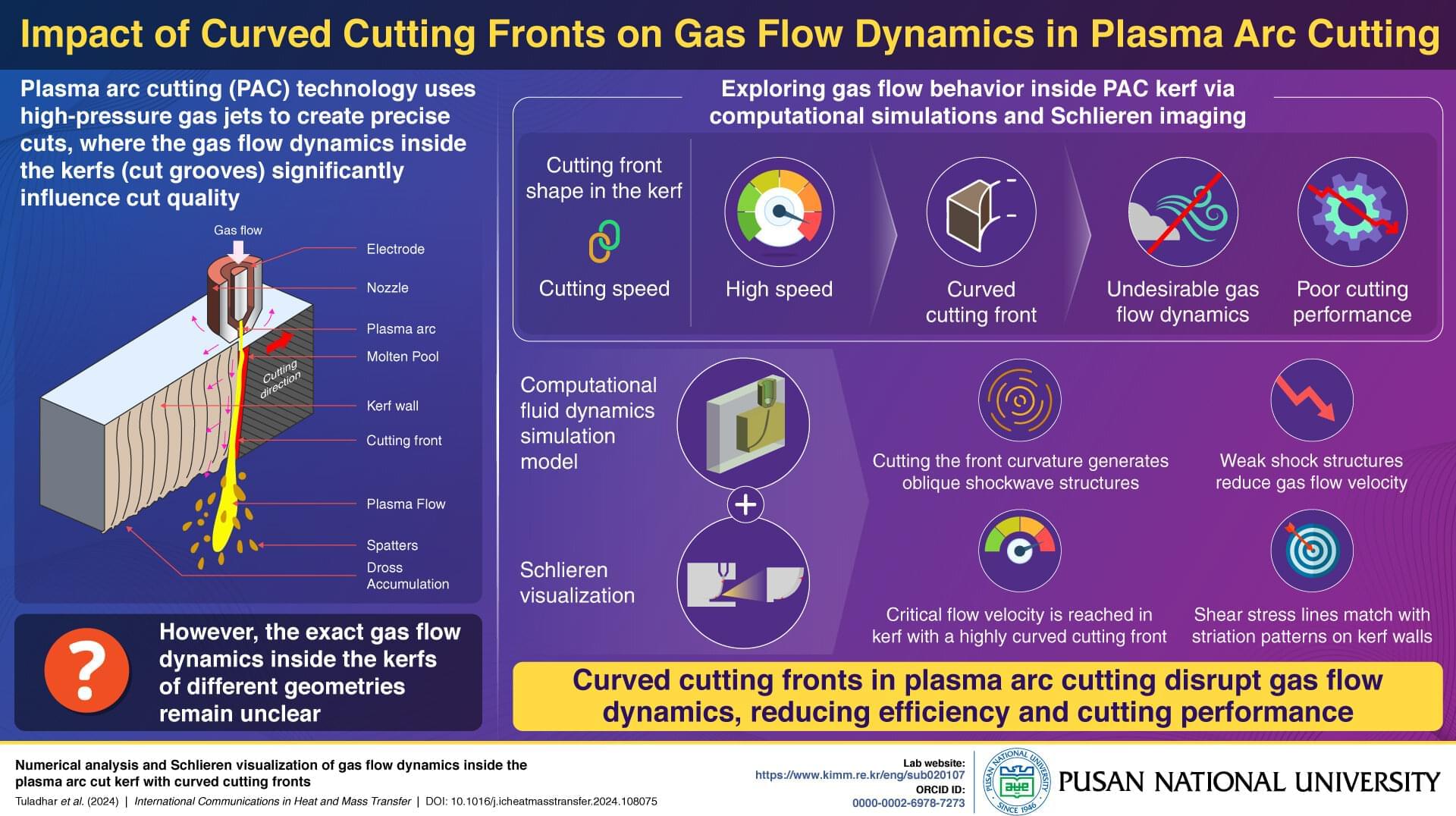
Plasma arc cutting (PAC) is a thermal cutting technique widely used in manufacturing applications such as shipbuilding, aerospace, fabrication, nuclear plants decommissioning, construction industry, and the automotive industry. In this process, a jet of plasma or ionized gas is ejected at high speeds, which melts and subsequently removes unwanted parts of materials from electrically conductive workpieces such as metals.
The plasma jet is typically produced in two steps: pressuring a gas through a small nozzle hole and generating an electric arc via power supply. Remarkably, the introduced arc ionizes the gas coming out of the nozzle, which in turn generates plasma with extremely high temperatures. This enables the plasma jet to easily, quickly, and precisely slice different metals and alloys.
The quality of workpieces cut using PAC depends on various factors: kind of plasma gas and its pressure, nozzle hole shape and size, arc current and voltage, cutting speed, and distance between the plasma torch and the workpiece. While most of these factors are well understood in the context of PAC, the impact of gas flow dynamics on cut quality remains less clearly known. This is mainly due to challenges in visualization of the flow dynamics.
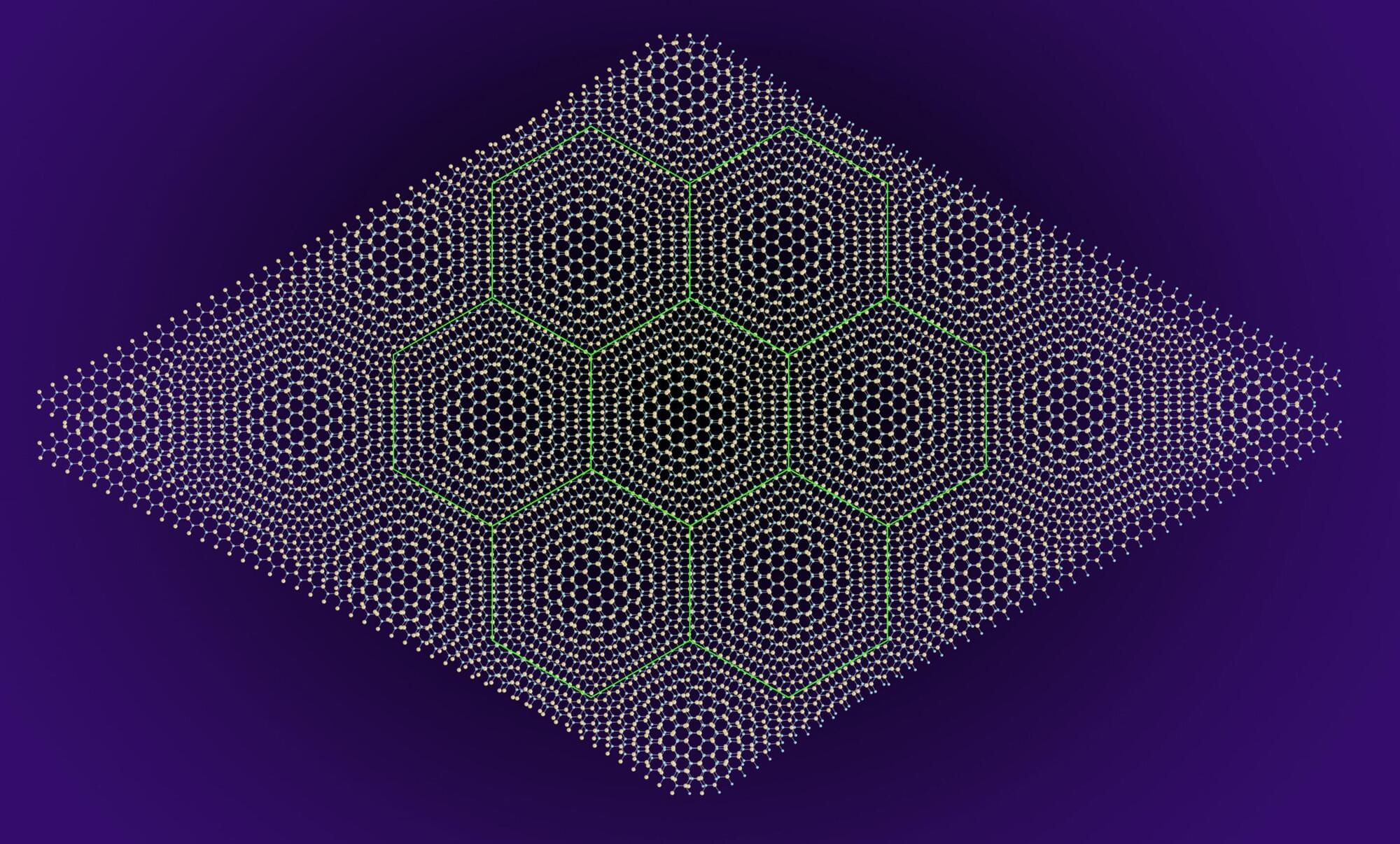
A collaborative team of researchers from the Max Planck Institute for Structure and Dynamics of Matter (MPSD), Nanjing University, Songshan Lake Materials Laboratory (SLAB), and international partners has introduced a new method to regulate exotic electronic states in two-dimensional materials.
Building on the foundations laid by their previous work on twisted van der Waals materials, the team of physicists has now discovered a novel way to manipulate correlated electronic states in twisted double bilayer tungsten diselenide (TDB-WSe₂). This breakthrough offers new possibilities for developing advanced quantum materials and devices.
By precisely twisting two bilayers of WSe₂ near a 60-degree angle and applying a perpendicular electric field, the researchers have achieved control over the interaction between two distinct electronic bands, known as the K-valley and Γ-valley bands. This tuning has led to the observation of a “valley charge-transfer insulator”—an exotic state where electron movement is highly correlated, and electrical conductivity is suppressed.
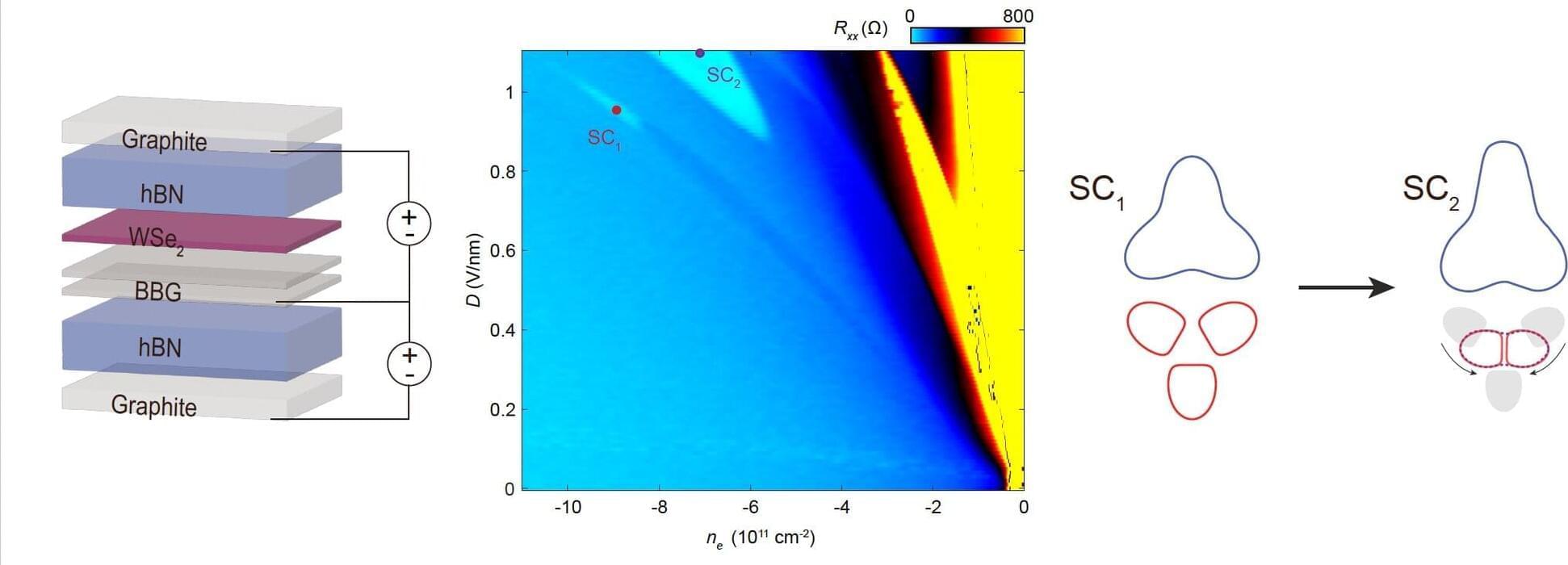
Superconductivity is a widely sought after material property, which entails an electrical resistance of zero below a specific critical temperature. So far, it has been observed in various materials, including recently in so-called multilayer graphene allotropes (i.e., materials that consist of several layers of a hexagonal carbon lattice).
Recent studies found that when bilayer graphene is placed on a WSe2 (tungsten-diselenide) substrate, its superconducting phase is enhanced. This results in a greater charge carrier density and higher critical temperature (i.e., the temperature at which a material becomes a superconductor).
Researchers at University of California at Santa Barbara and California Institute of Technology have carried out a study aimed at further investigating this enhancement in the graphite allotrope Bernal bilayer graphene. Their paper, published in Nature Physics, reports the observation of two distinct superconducting states in this material, challenging current models of electron pairing in graphite allotropes.
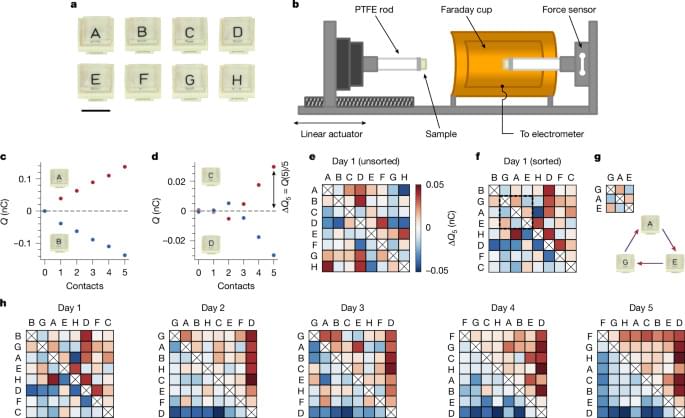
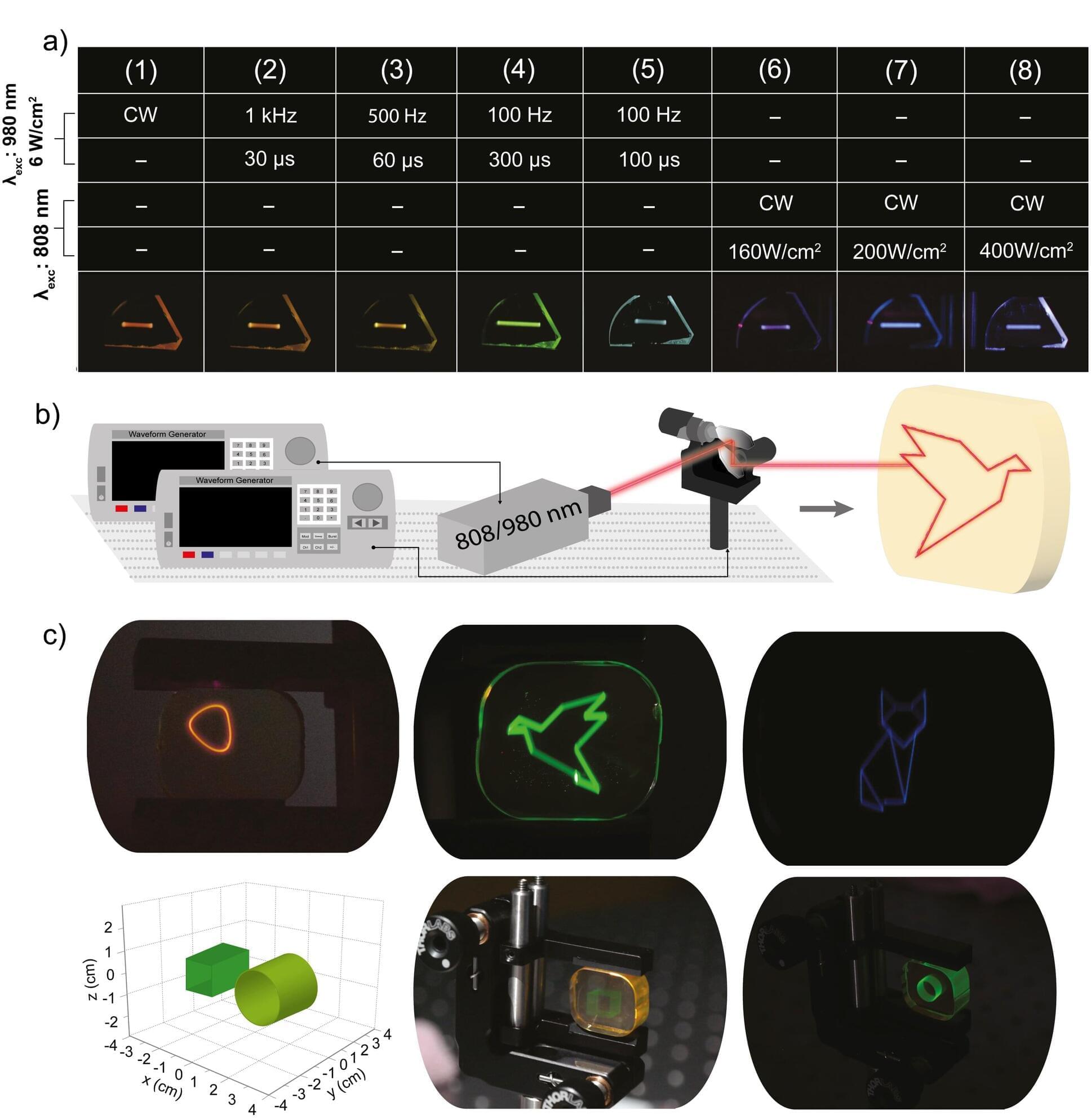
The limitations of two-dimensional (2D) displays in representing the depth of the three-dimensional (3D) world have prompted researchers to explore alternatives that offer a more immersive experience. Volumetric displays (VDs), which generate 3D images using volumetric pixels (voxels), represent a breakthrough in this pursuit.
Unlike virtual reality or stereoscopic displays, VDs deliver a natural visual experience without requiring head-mounted devices or complex visual tricks. Among these, laser-based VDs stand out for their vivid colors, high contrast ratios, and wide color gamut. However, the commercial viability of such systems has been hindered by challenges such as low resolution, ghost voxels, and the absence of tunable, full-color emission in a single material.
To address these limitations, researchers from Yildiz Technical University, led by Miray Çelikbilek Ersundu, and Ali Erçin Ersundu, have developed innovative RE3+-doped monolithic glasses (RE = Ho, Tm, Nd, Yb) capable of tunable full-color emission under near-infrared (NIR) laser excitation.
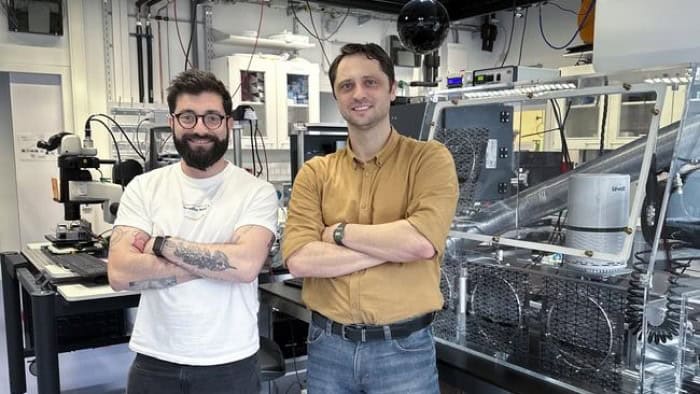
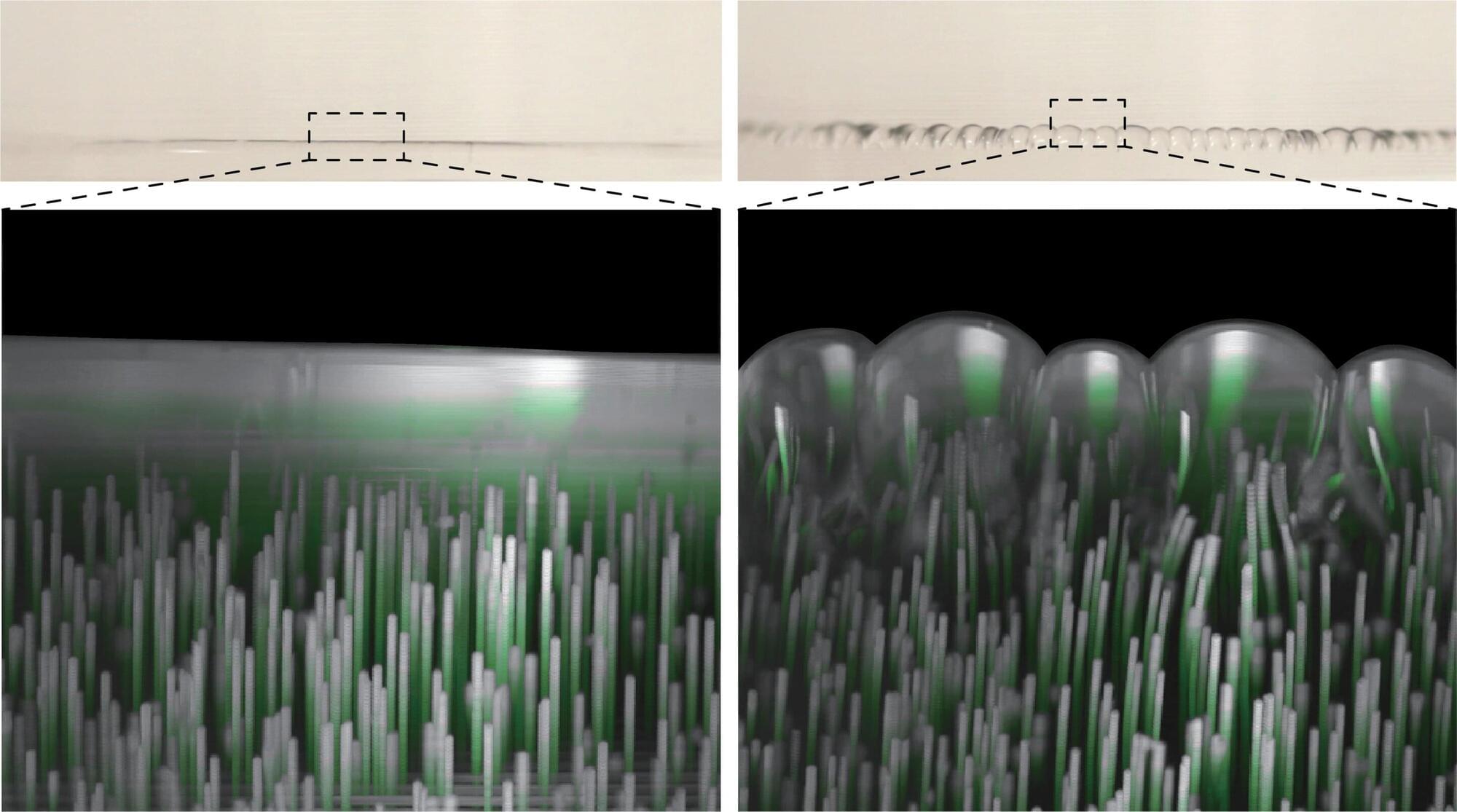
Soft viscoelastic solids are flexible materials that can return to their original shape after being stretched. Due to the unique properties driving their deformation, these materials can sometimes behave and change shape in unexpected ways.
Researchers at Princeton University carried out a study closely investigating the behavior of these materials when they are squeezed through narrow spaces. Their findings, published in Physical Review Letters, show that this extrusion of soft solids through confined geometries results in the formation of instabilities at their surface, characterized by a grooved pattern that deepens over time.
“Soft solids are viscoelastic materials, which have both fluid-like and solid-like features,” explained Prof. Howard Stone, senior author of the paper.